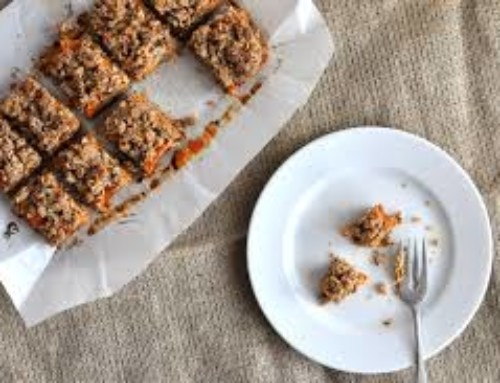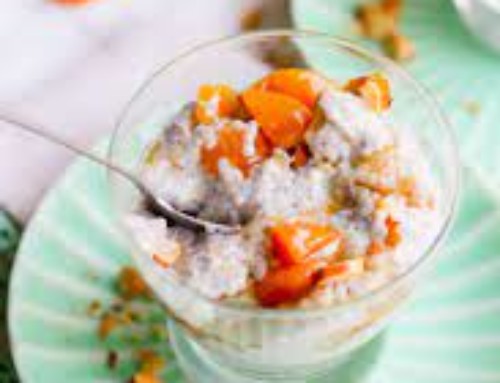Carbohydrates are the primary source of fuel for the body and the brain. But not all carbohydrates are created equal. Complex carbohydrates are digested more slowly, which helps prevent blood sugar spikes. When you consume complex carbohydrates, such as vegetables, fruits, beans, and whole grains, the pancreas produces insulin to usher the sugar in these foods from your blood into your cells for energy. The insulin allows your body to either use the sugar immediately, or store it for later. The next time you eat a healthy, well balanced meal, insulin will do its job again, and so on. In this way, your blood sugar and insulin levels remain in check and you have a steady supply of energy.
You get into trouble when you regularly consume highly refined carbohydrates, which are more quickly broken down into sugar by the body. To deal with the rush of sugar, the pancreas pumps out extra insulin causing blood insulin levels to become elevated. Eventually the body’s cells become resistant to insulin so that more and more insulin is needed to have the same effect. Insulin resistance means the body’s cells don’t respond adequately to normal levels of insulin. Insulin resistance heightens the risk of diabetes.
The glycemic index (GI) is the measure of degree to which a carbohydrate is likely to raise blood sugar levels. The scale is 0 to 100, with 0 being low and 100 being high. The drawbacks of the GI are the measurements are not based on commonly-consumed portion sizes and they don’t include other foods eaten at the same meal. As a result, the GI rating often misrepresents the carbohydrate content in a food item. Alternatively, the glycemic load (GL) measures the blood-sugar-raising affects of realistic food portions, both separately and combined at meals.
For example, a meal of beans, steamed vegetables and olive oil is high in complex carbohydrates. But this meal has a low GL because of the fiber in the beans and the fat in the olive oil, which slow the rate at which the carbohydrates are absorbed. Conversely, a dinner of pasta and white bread is high in carbohydrates and has a high GL because it will immediately turn into sugar in the body causing blood sugar to spike.
Low GL foods include non-starchy vegetables, fruits, beans, nuts, seeds, whole grains, animal foods, olive oil, teas, herbs and spices. High GL foods include refined grains and flours, processed foods, junk foods, sugar, and large, starchy potatoes. You can look up GI or GL food values on The University of Sydney’s GI website: www.glycemicindex.com.
According to the International Diabetes Center, fat has little, if any, effect on blood sugar levels; protein has only a minimal effect with adequate insulin. Consuming adequate, healthy protein and fat with meals keeps blood sugar on an even keel, so you can stave off hunger longer and have fewer cravings. One reason is that the digestive hormone cholecystokinin is produced by cells in small intestine when proteins and fat are eaten. Cholecystokinin acts as a natural appetite suppressant, so it can also be helpful for weight loss. Eating beans is a good way to increase your levels of cholecystokinin naturally. Beans are a great source of protein and fiber, and are beneficial for digestive health, blood sugar regulation, and heart health. In fact, the American Diabetes Association, the American Heart Association, and the American Cancer Society recommend beans as a key food for preventing chronic disease and optimizing health.
Until next time, make every bite count!








Leave A Comment
You must be logged in to post a comment.